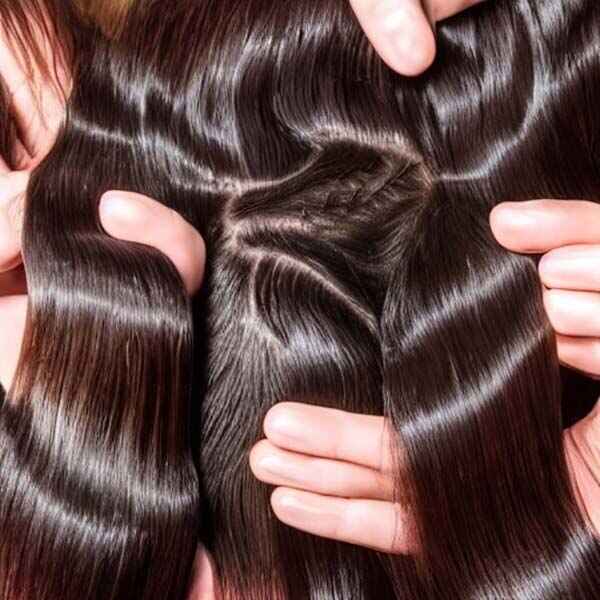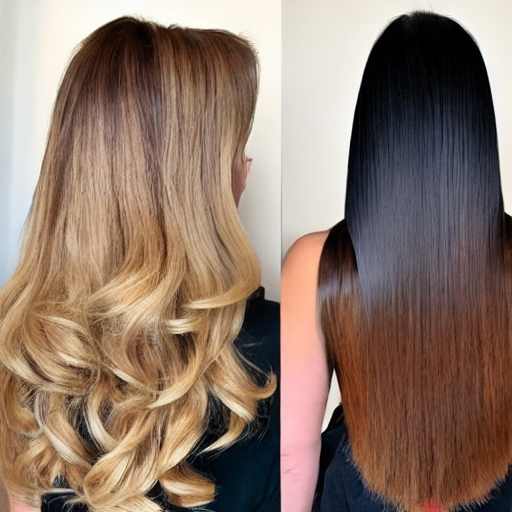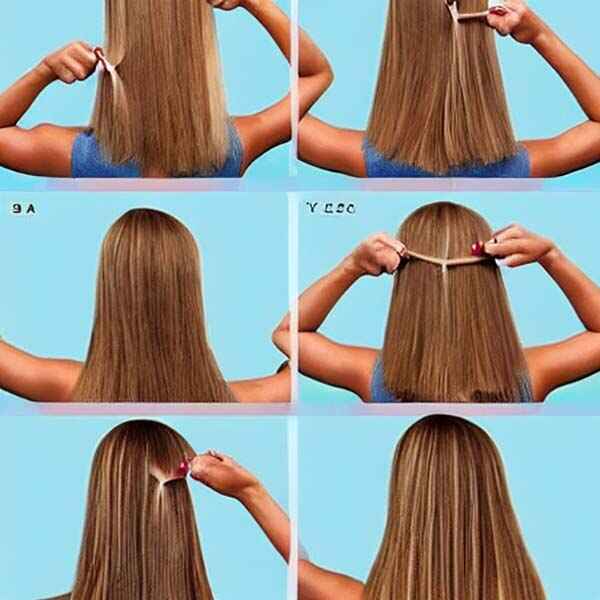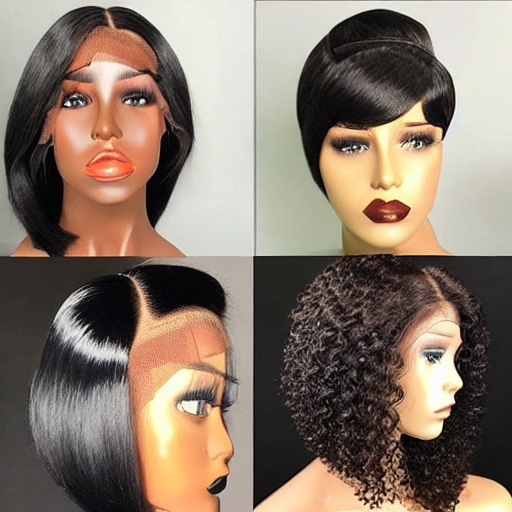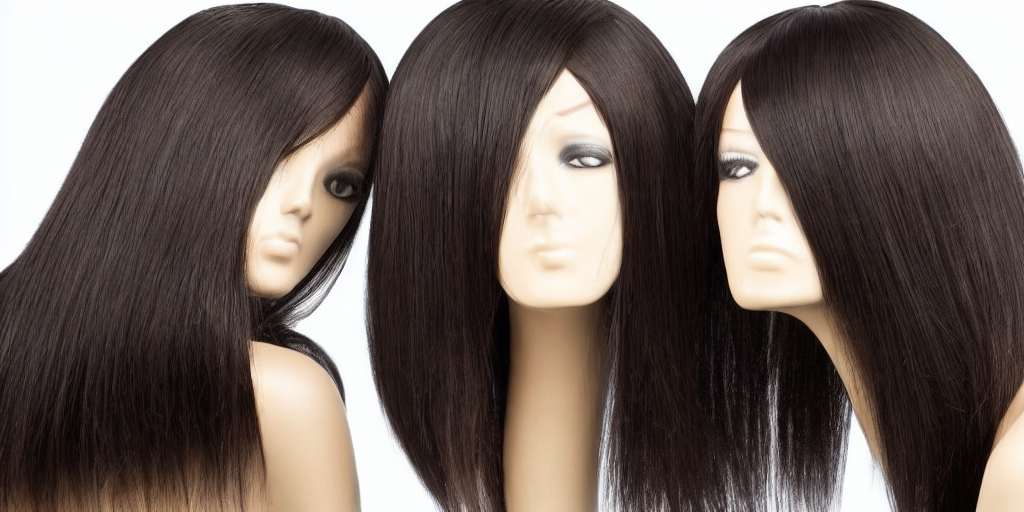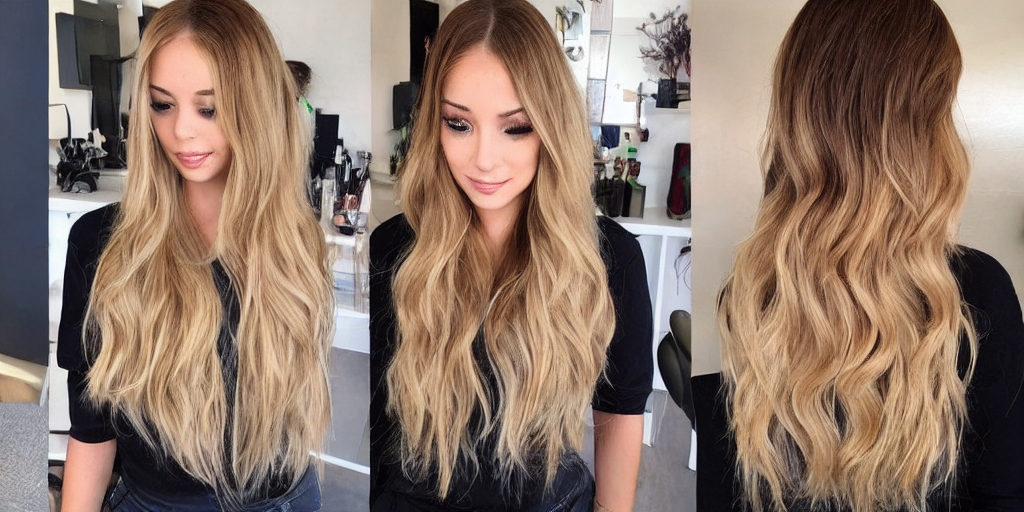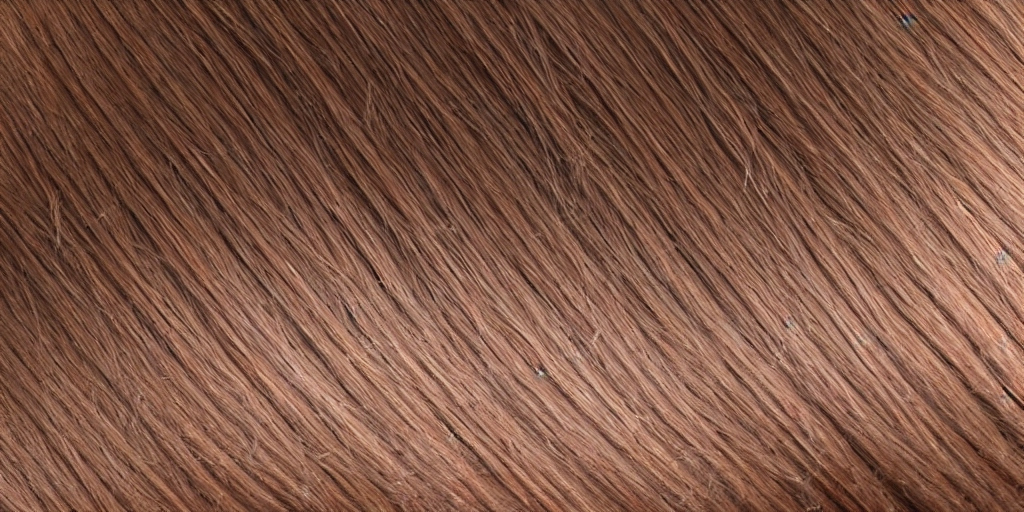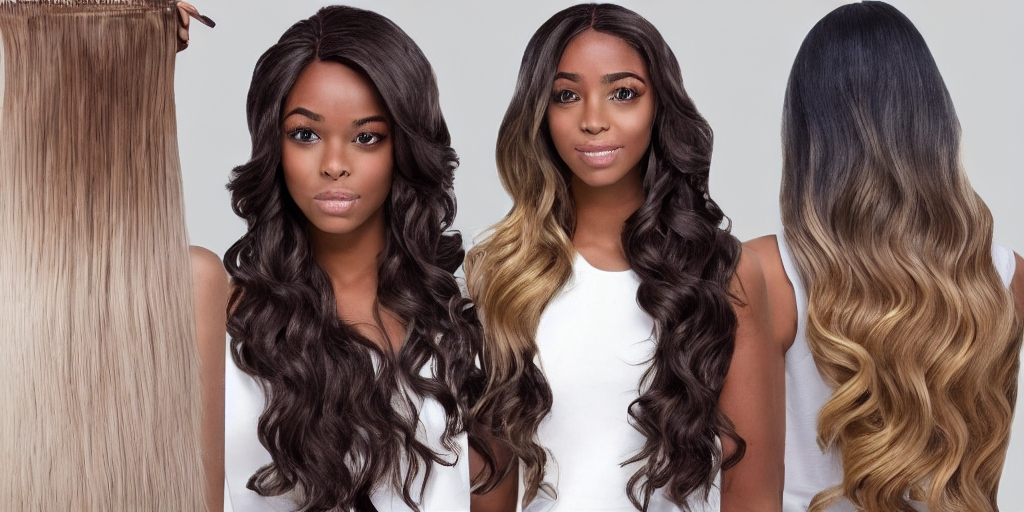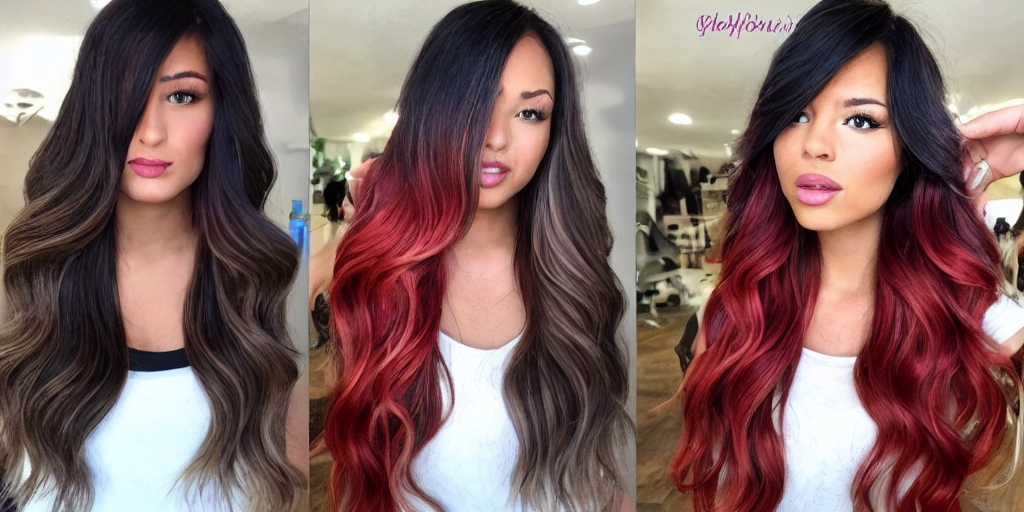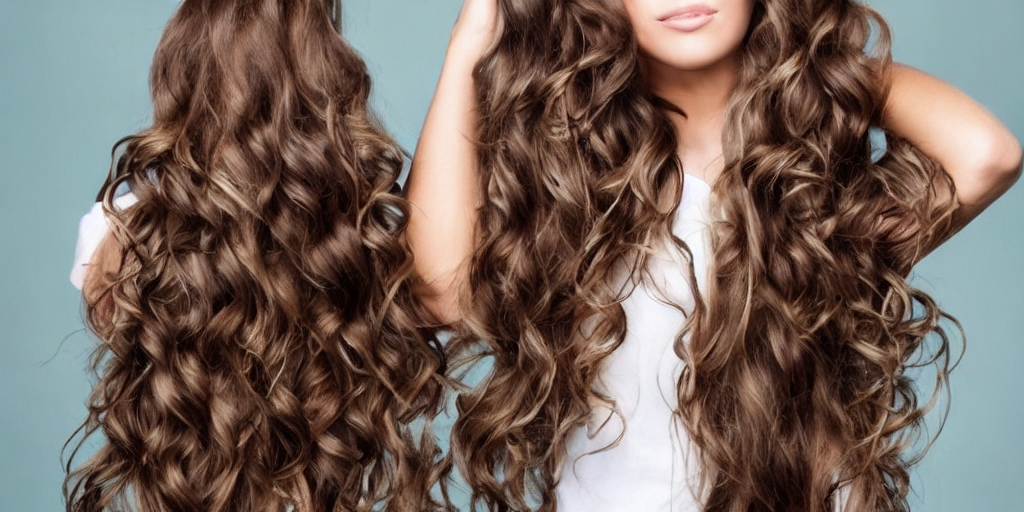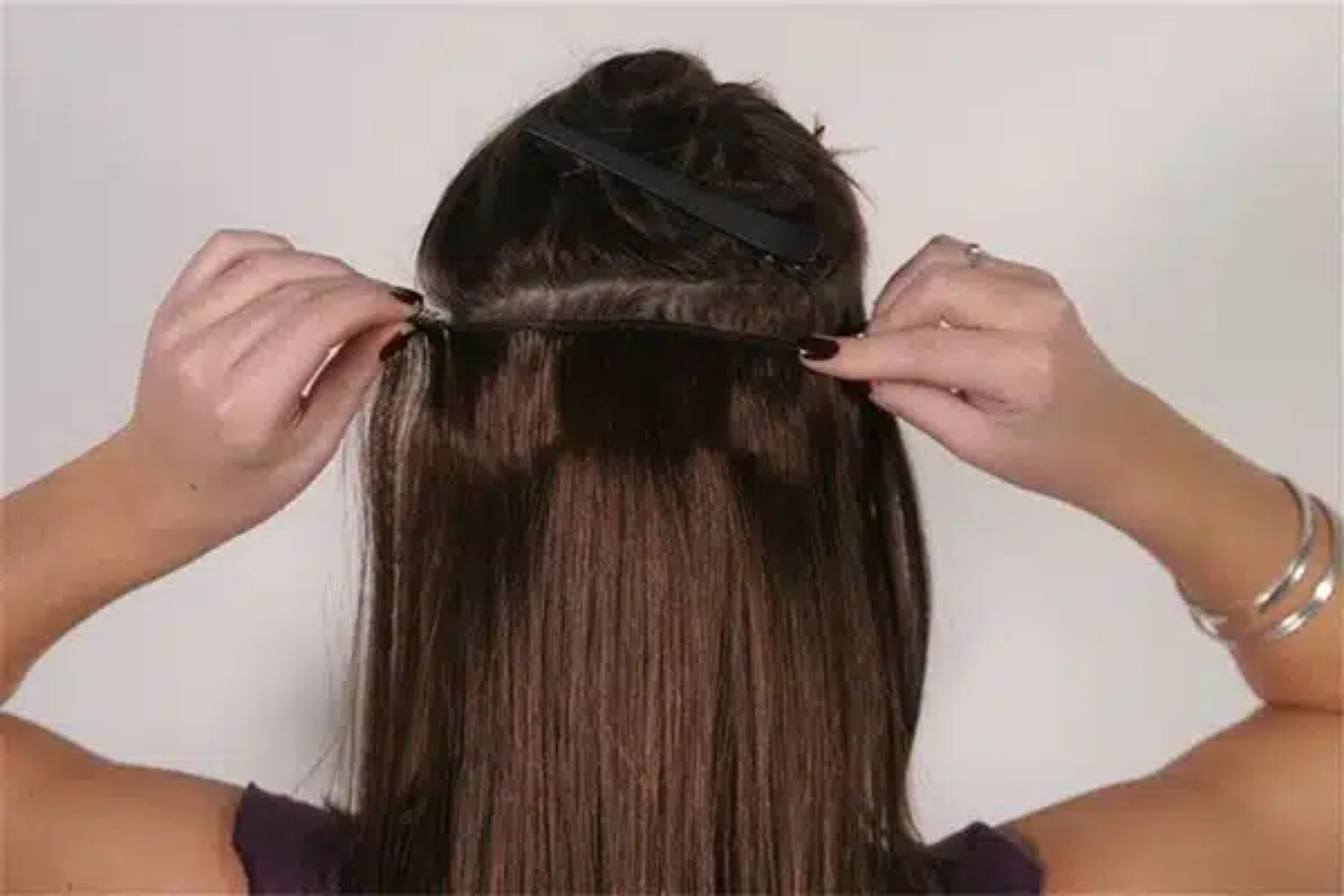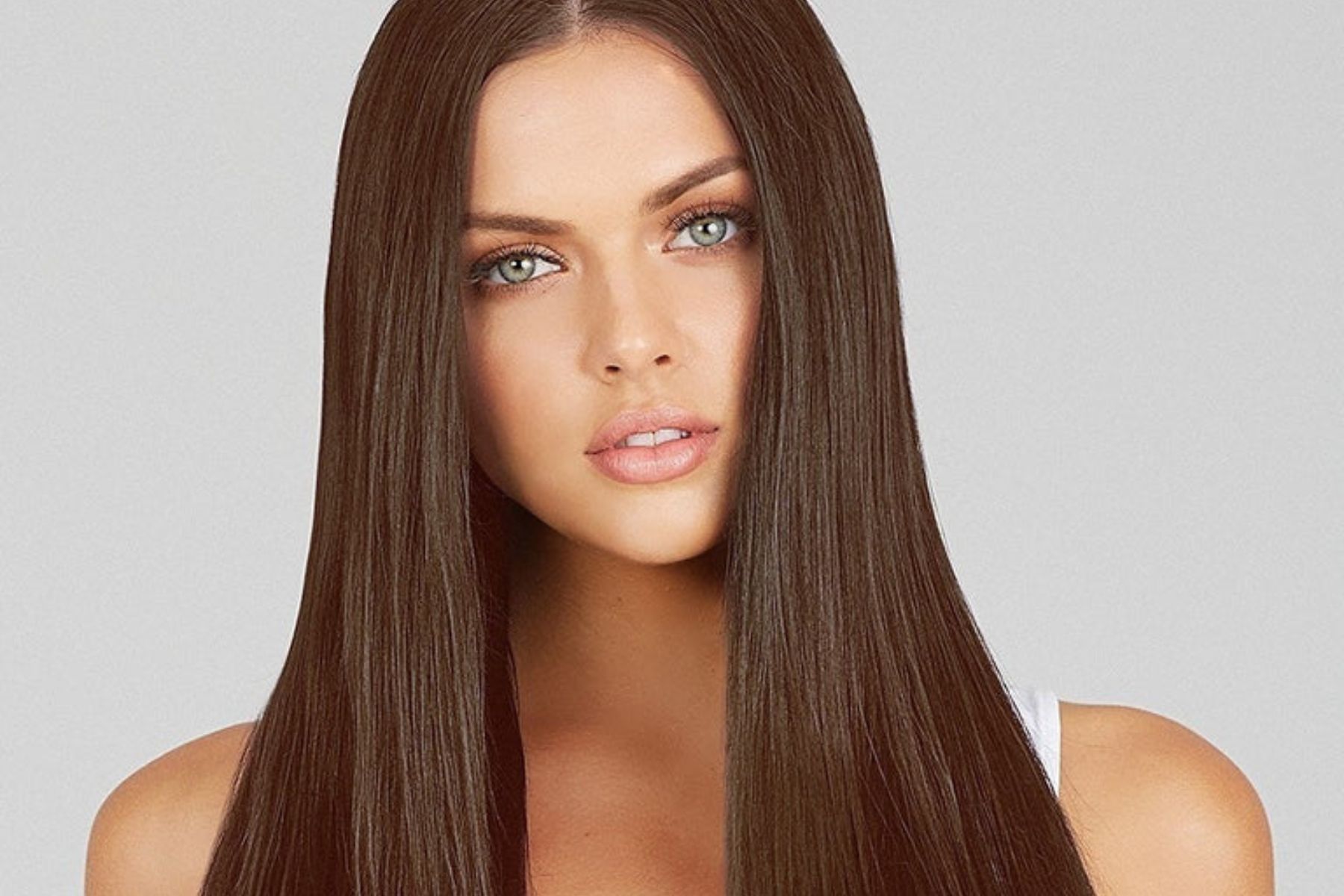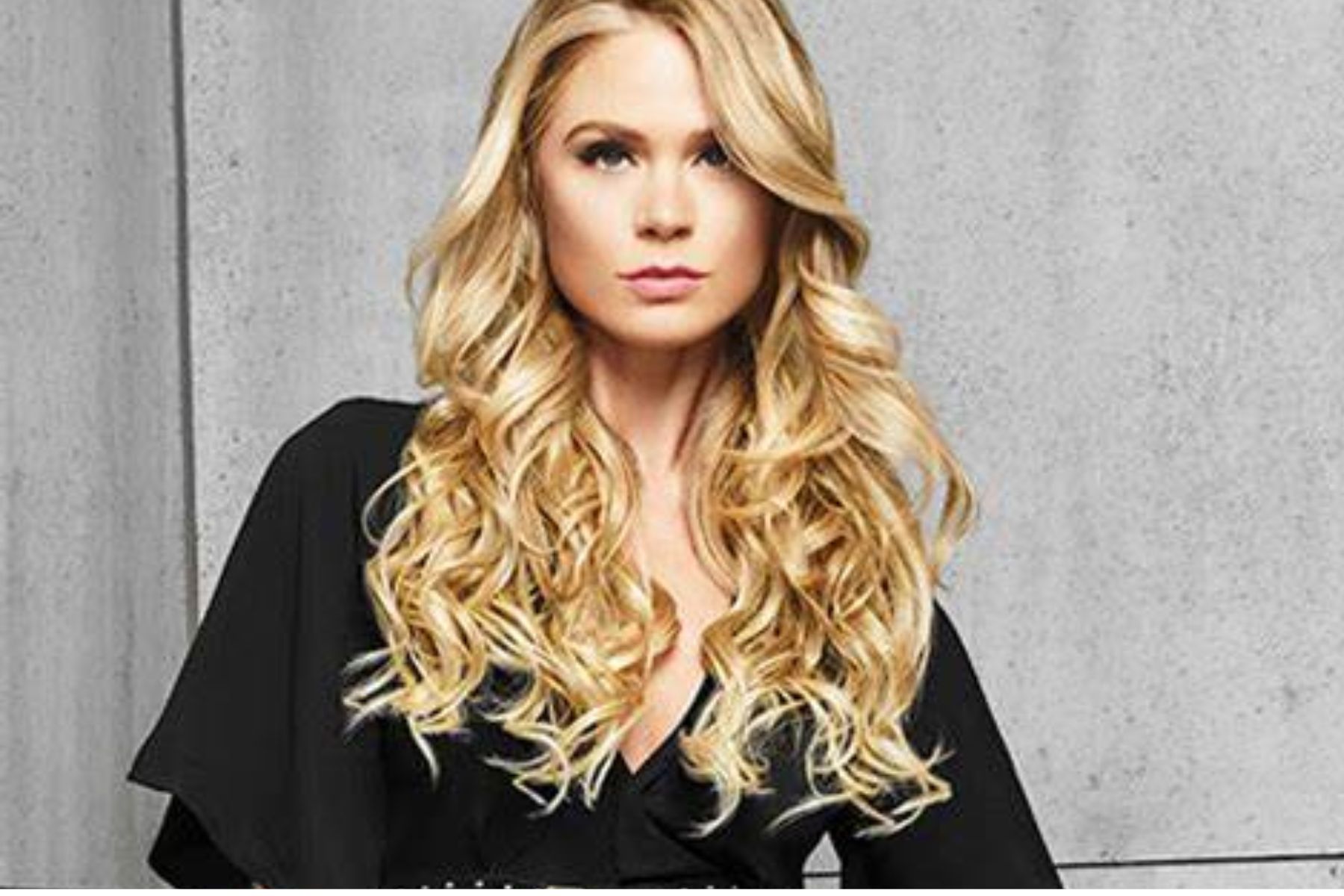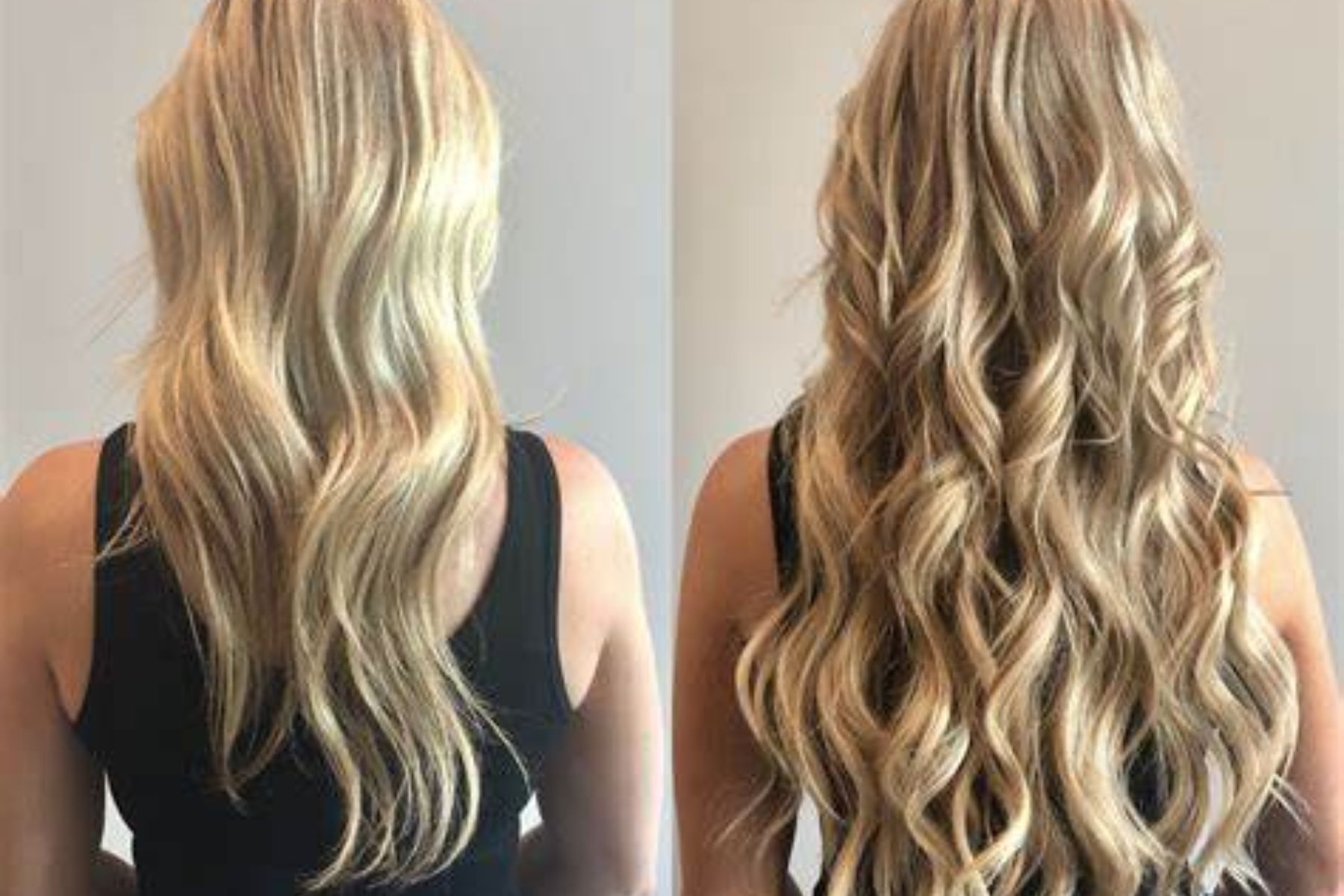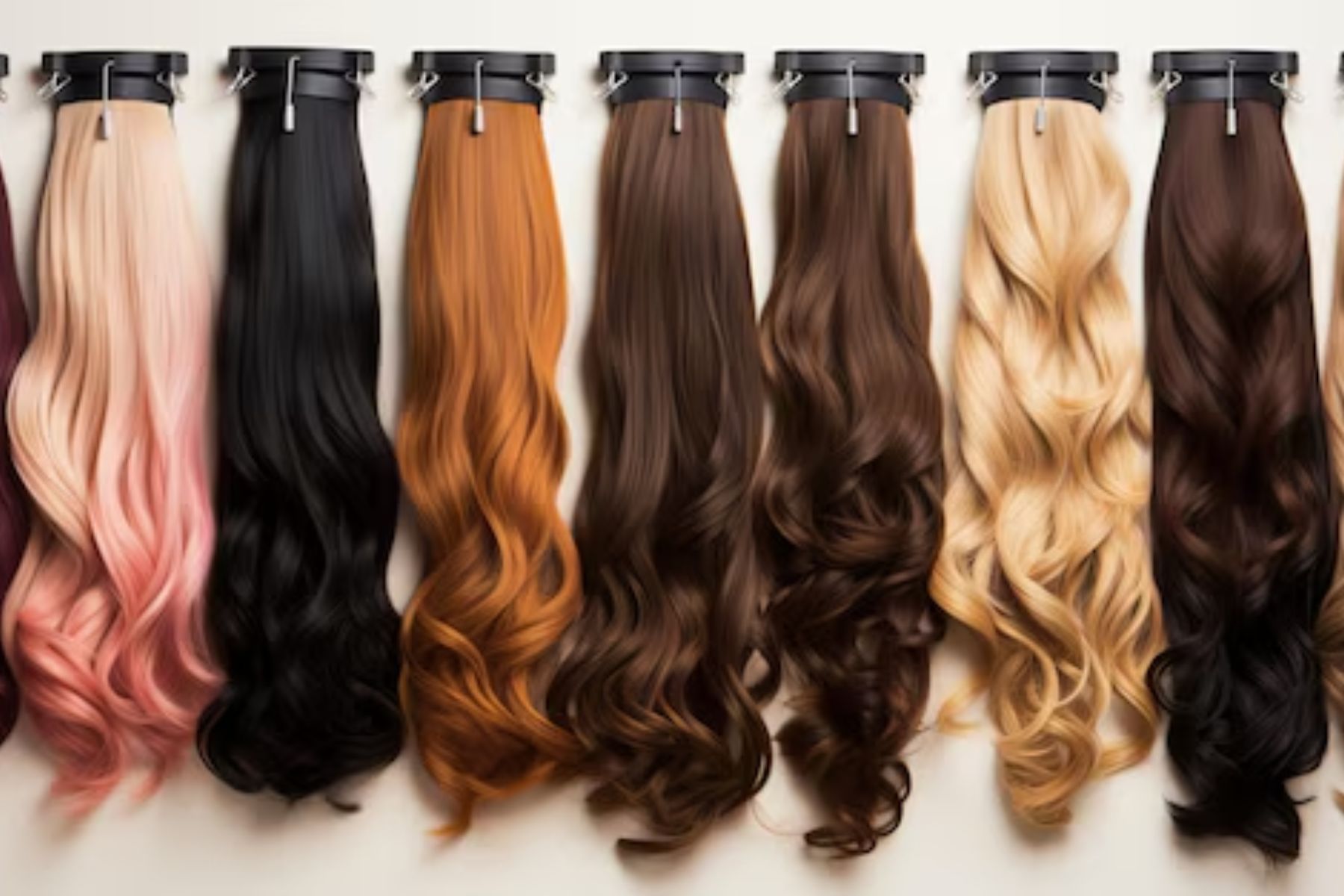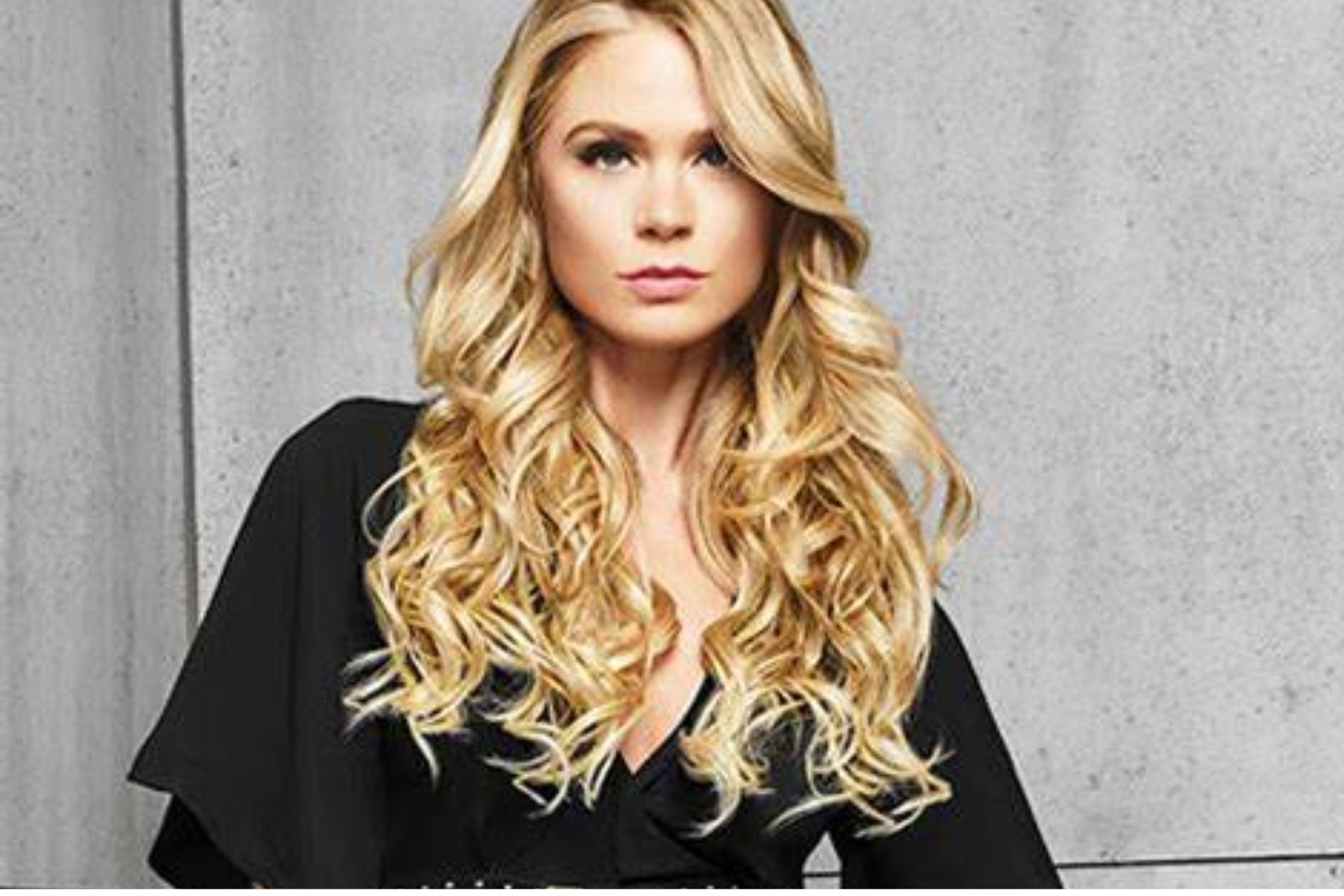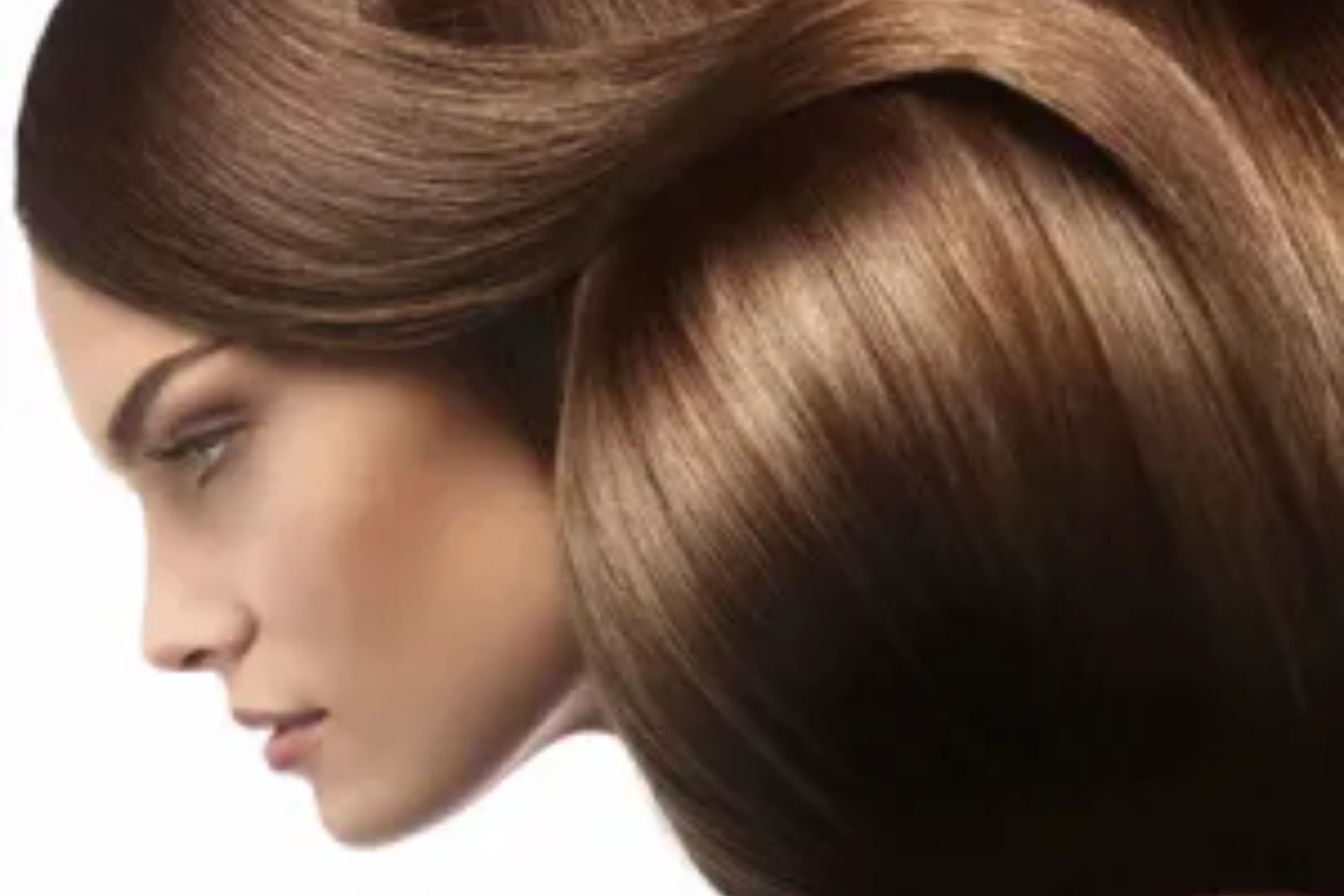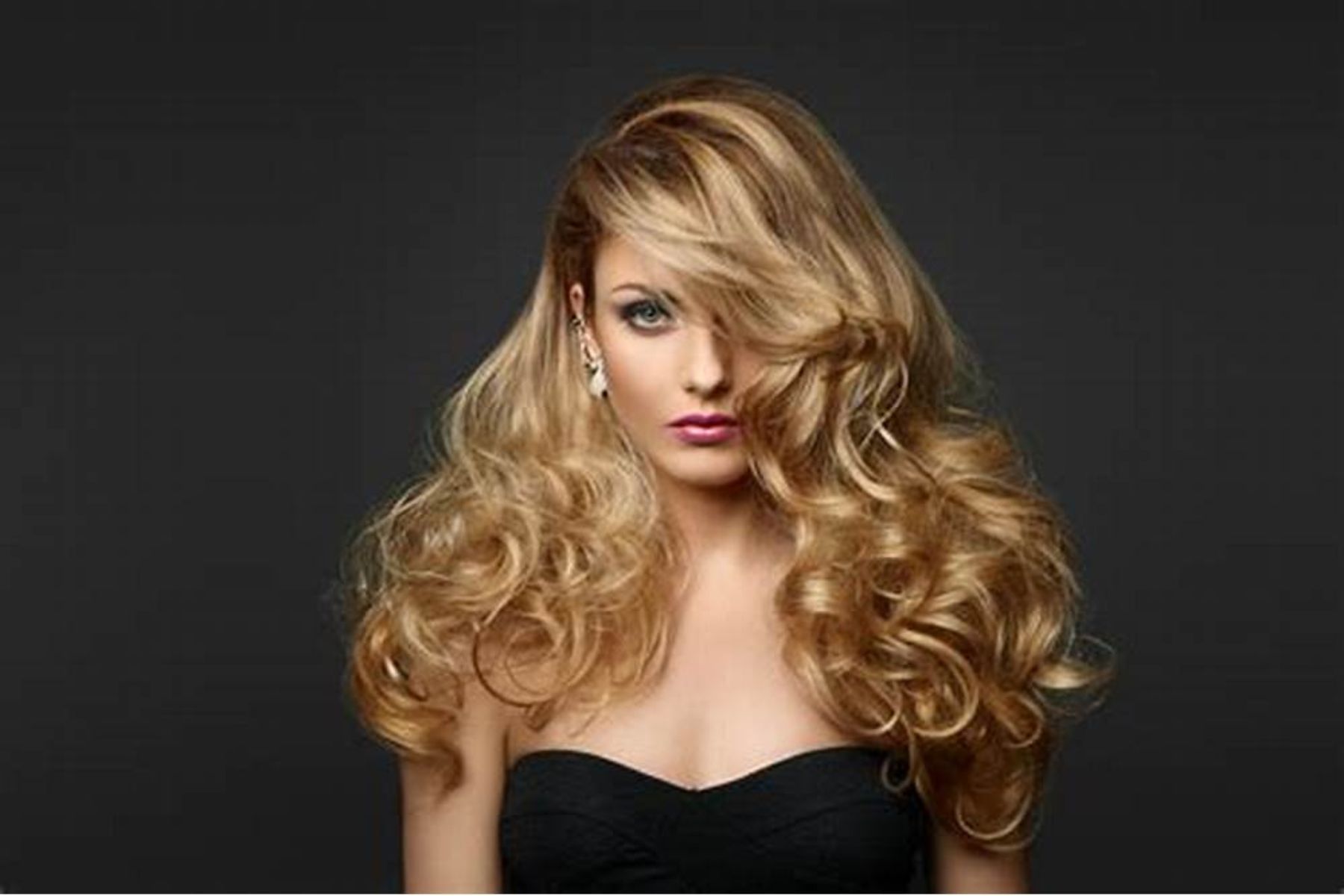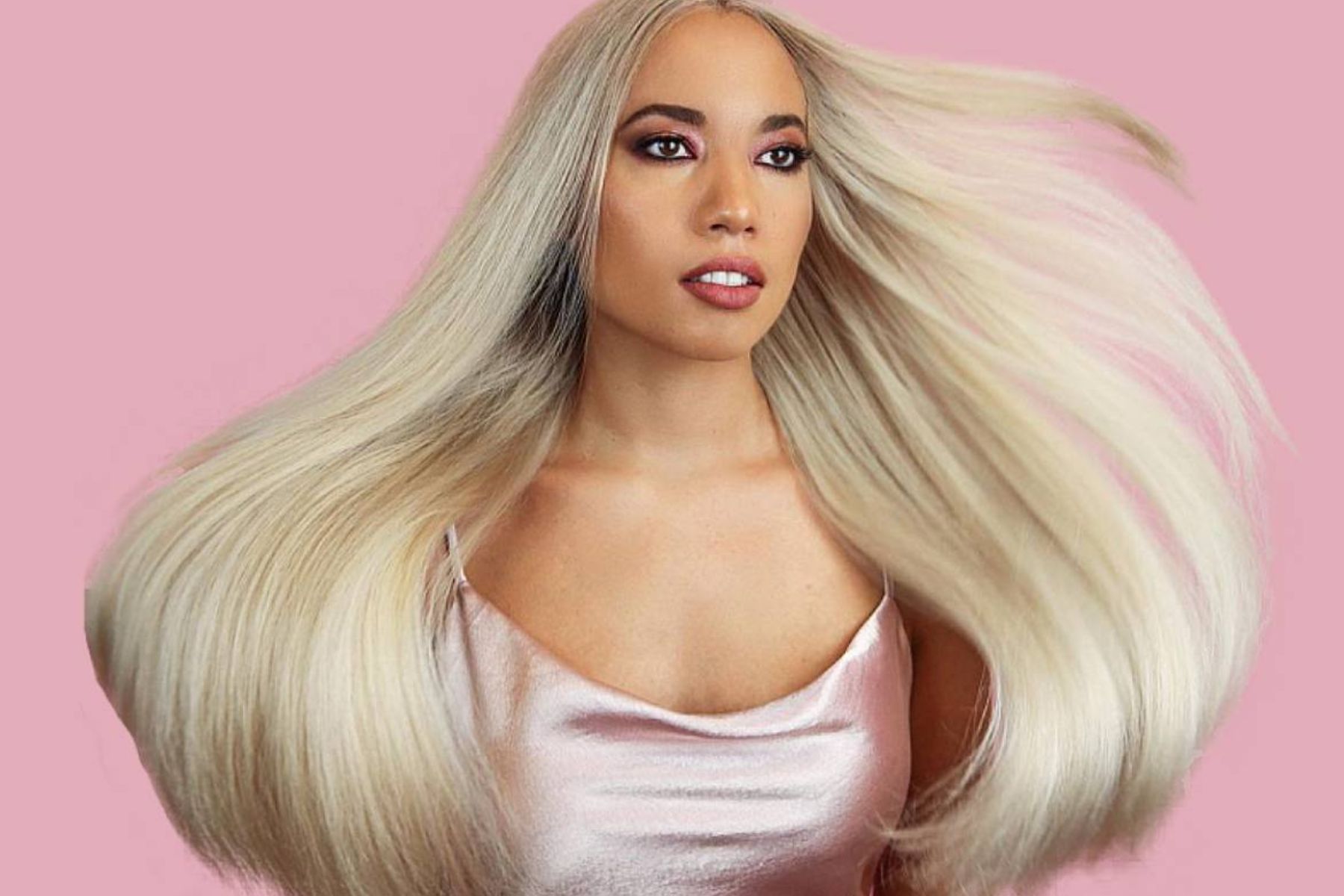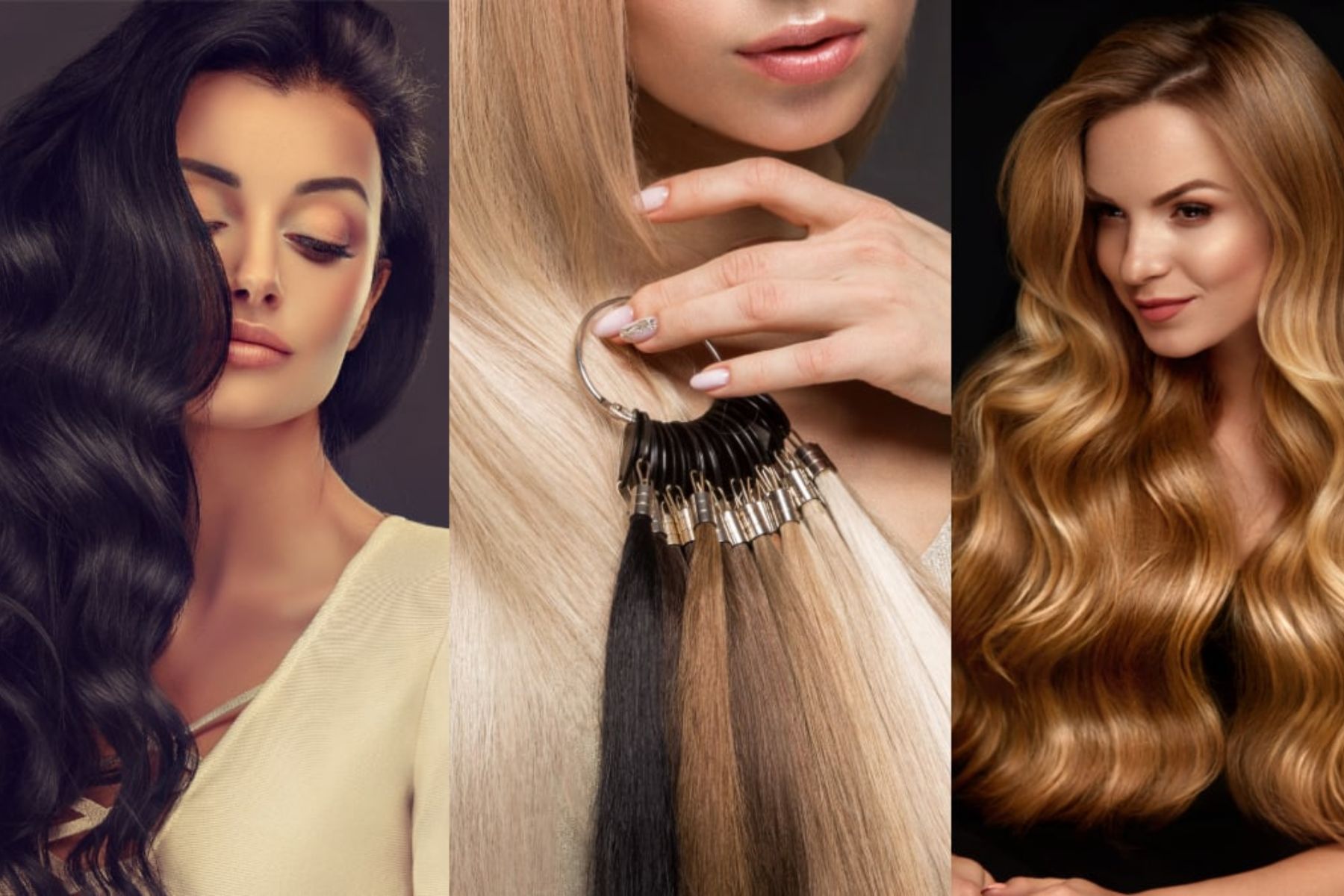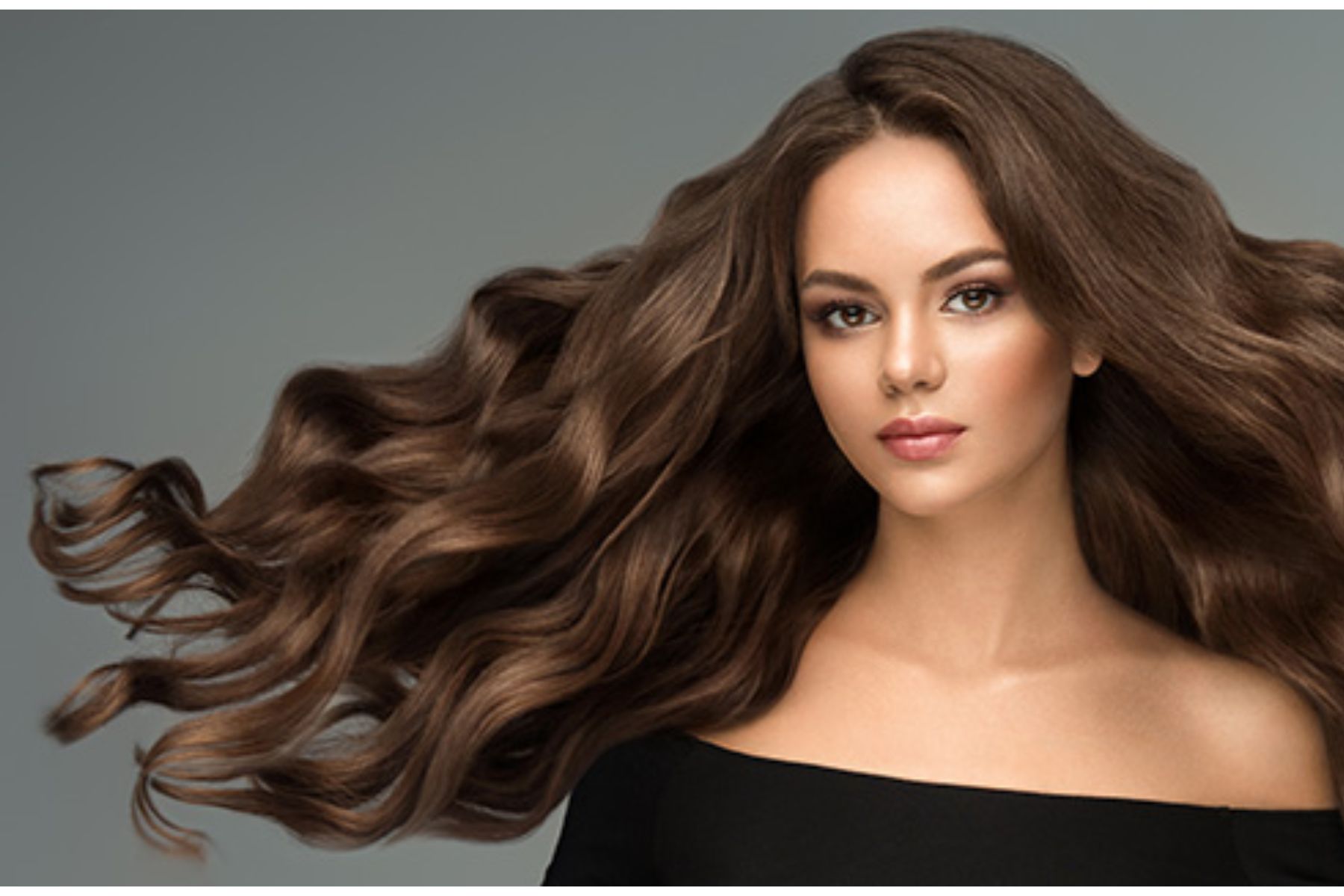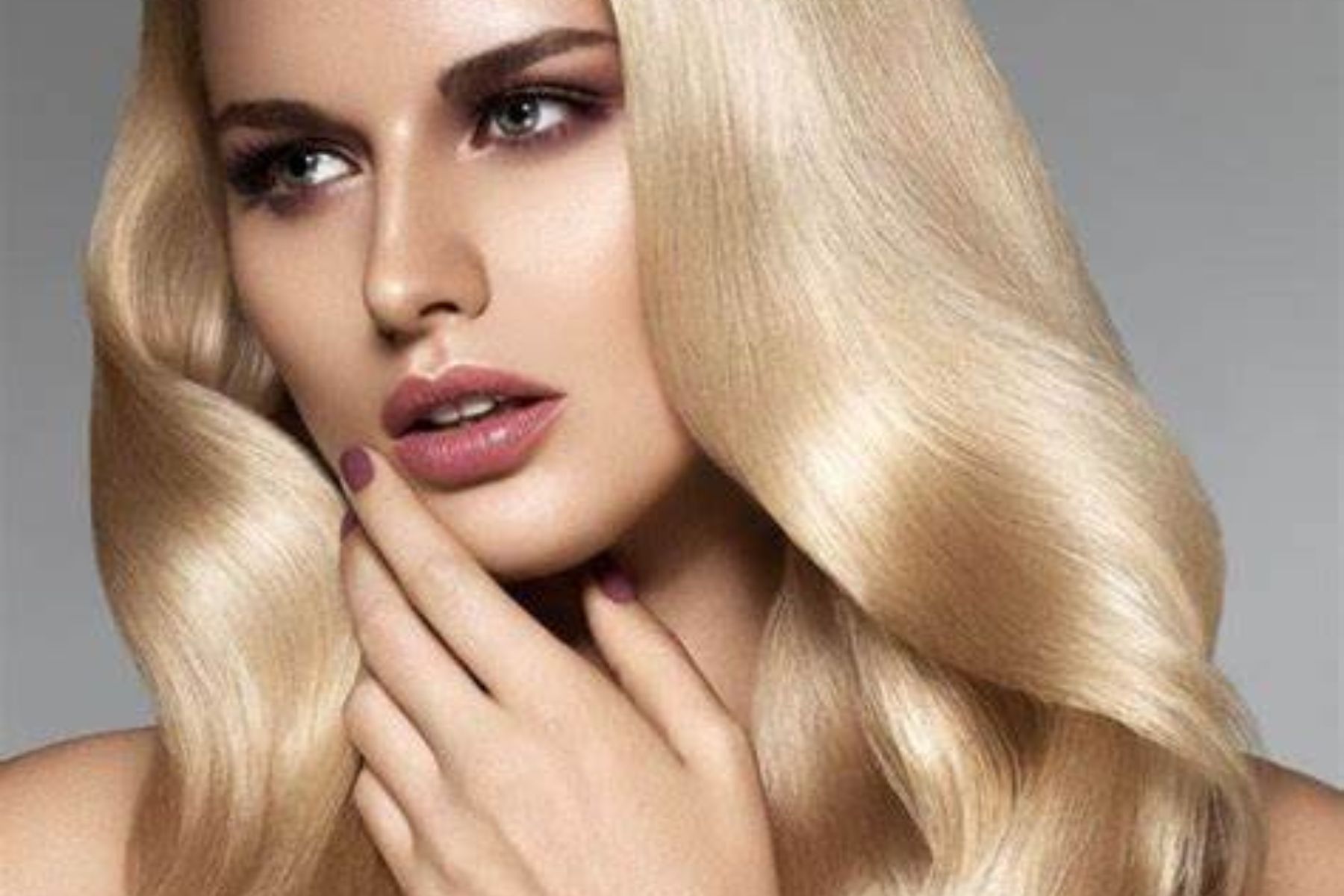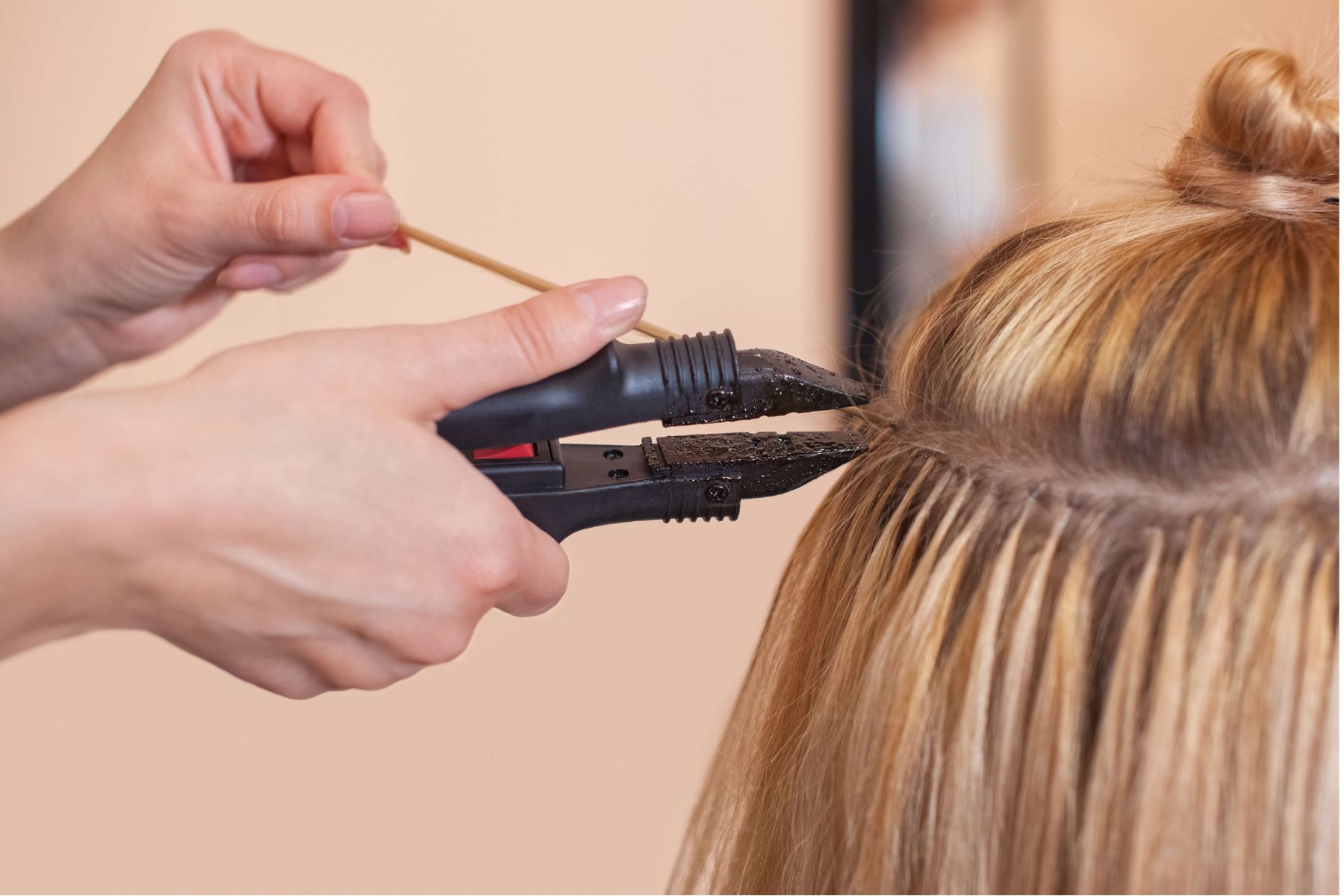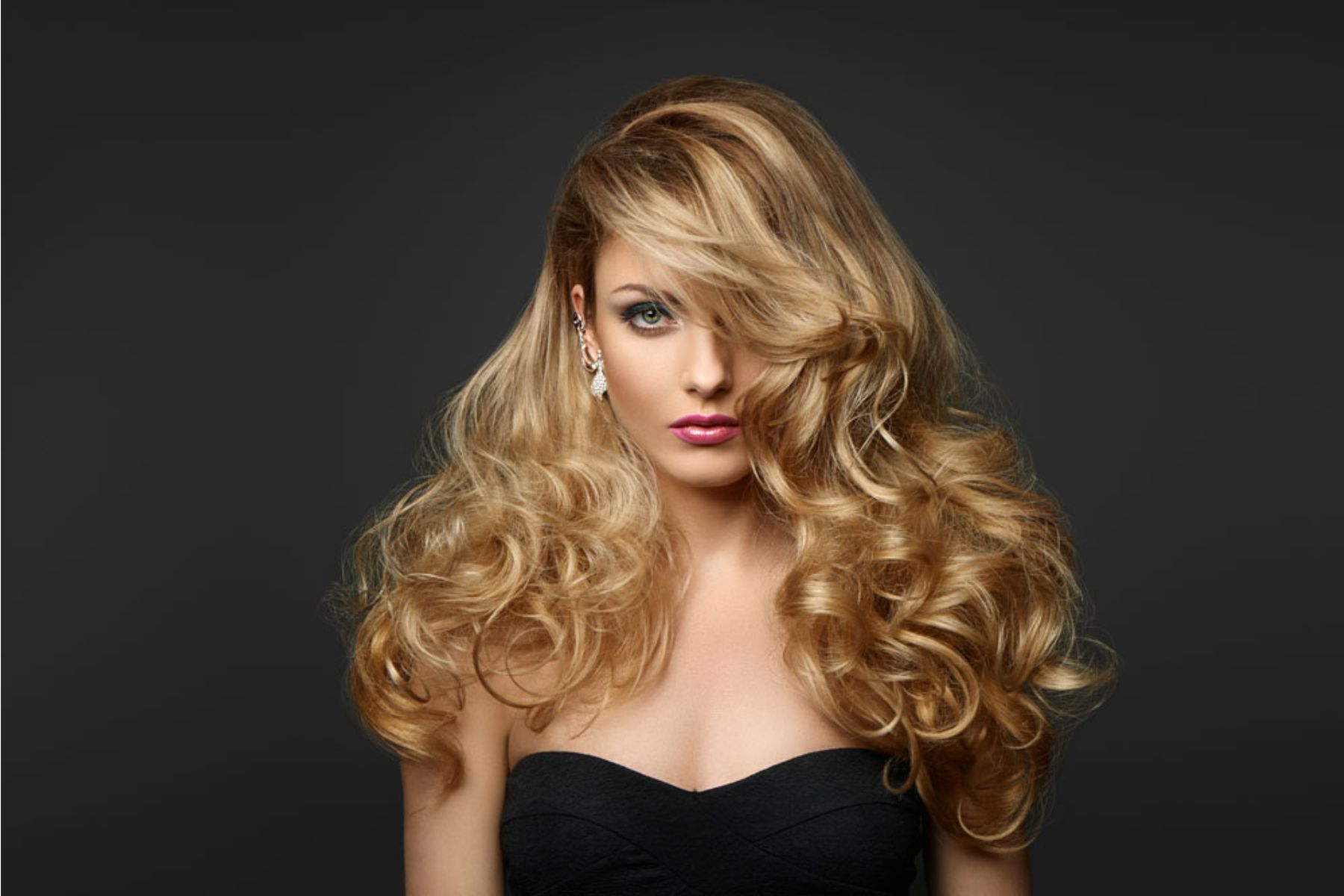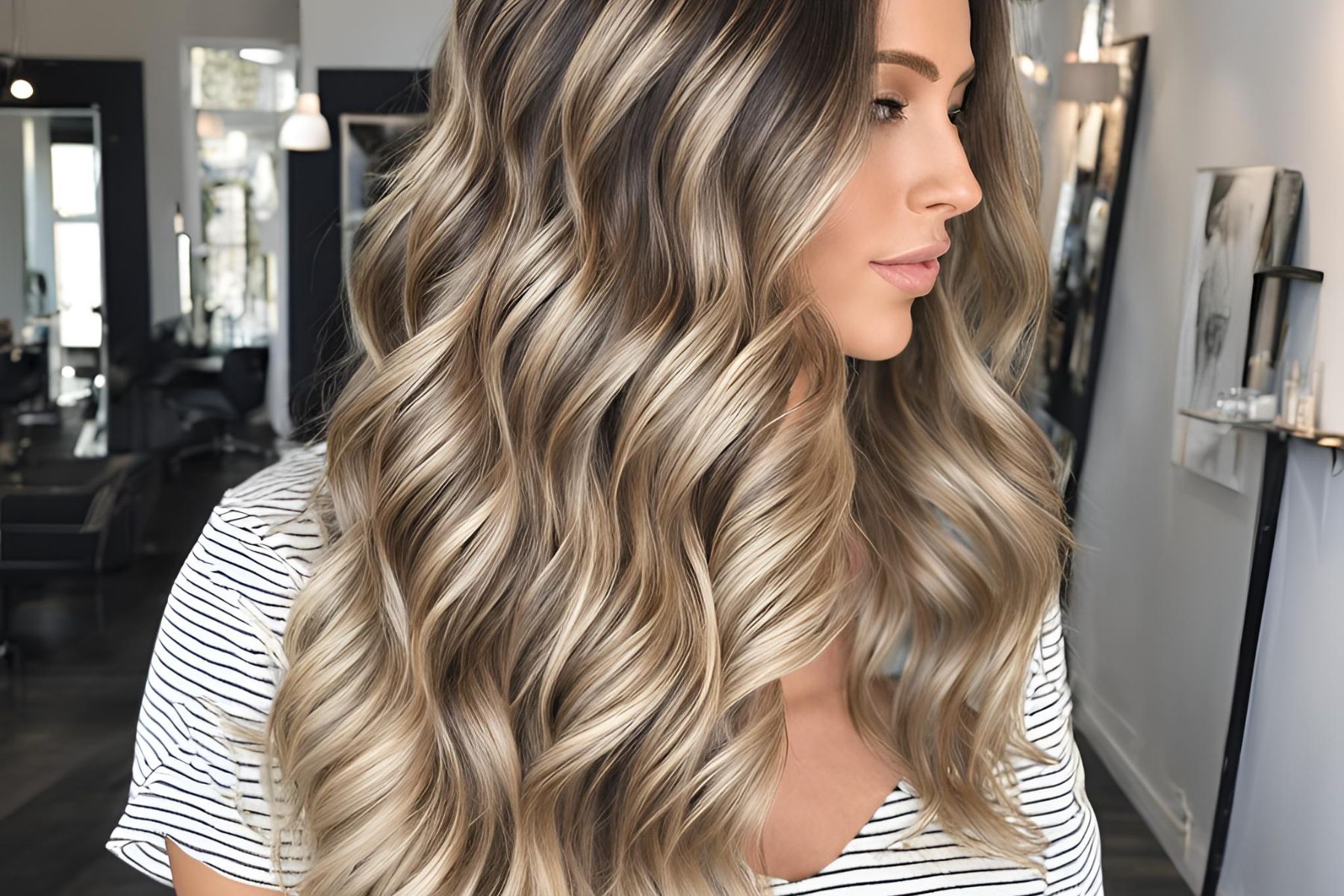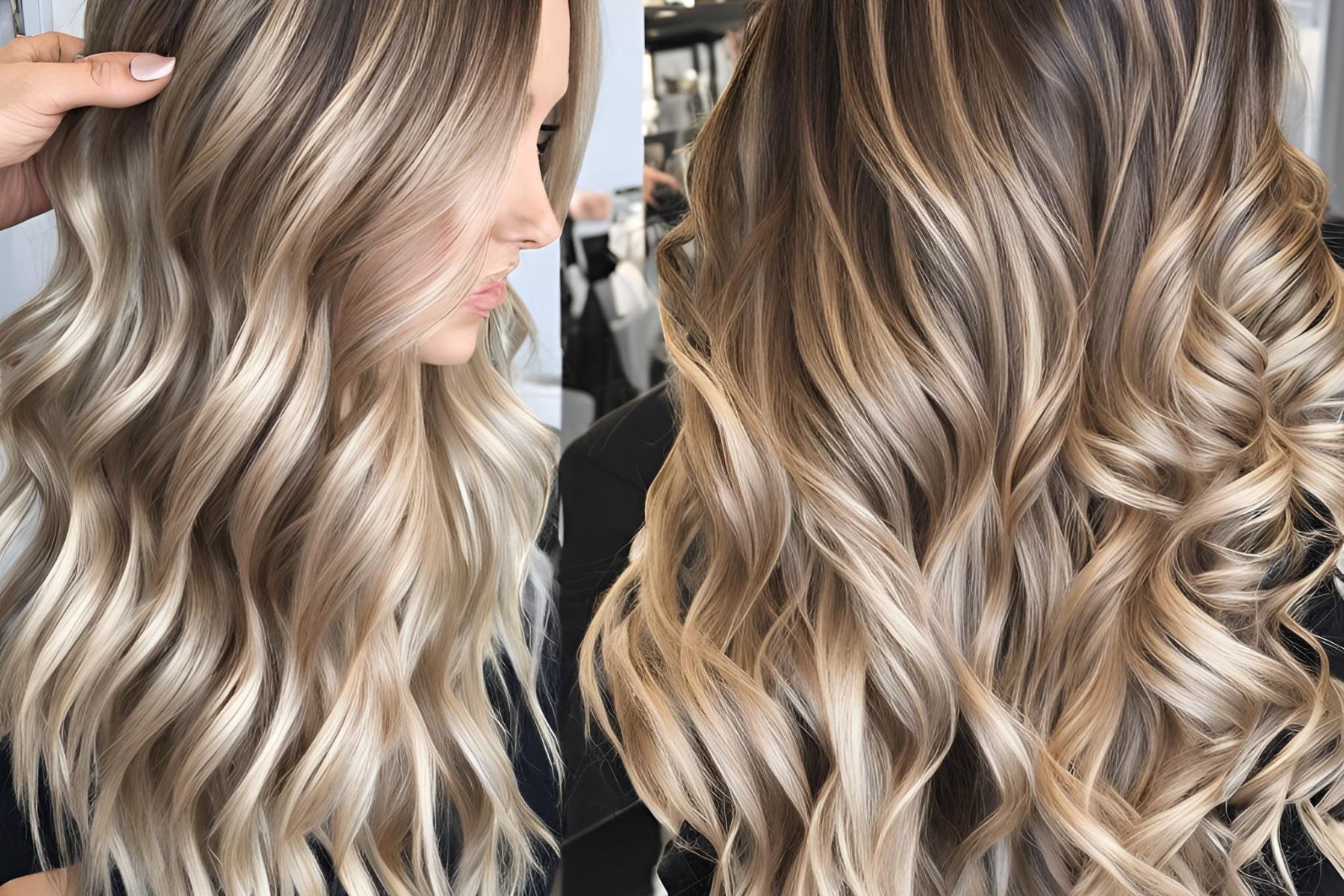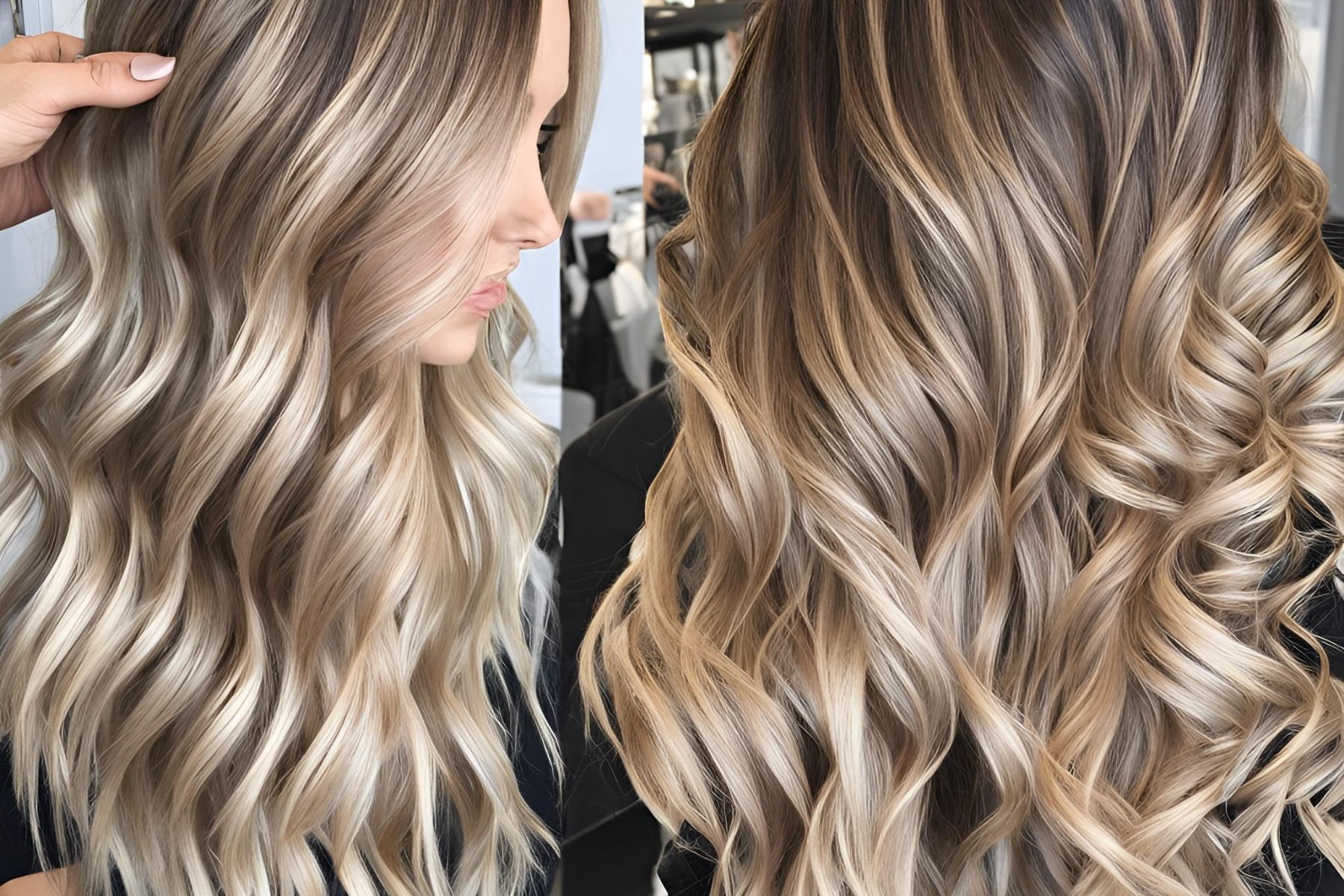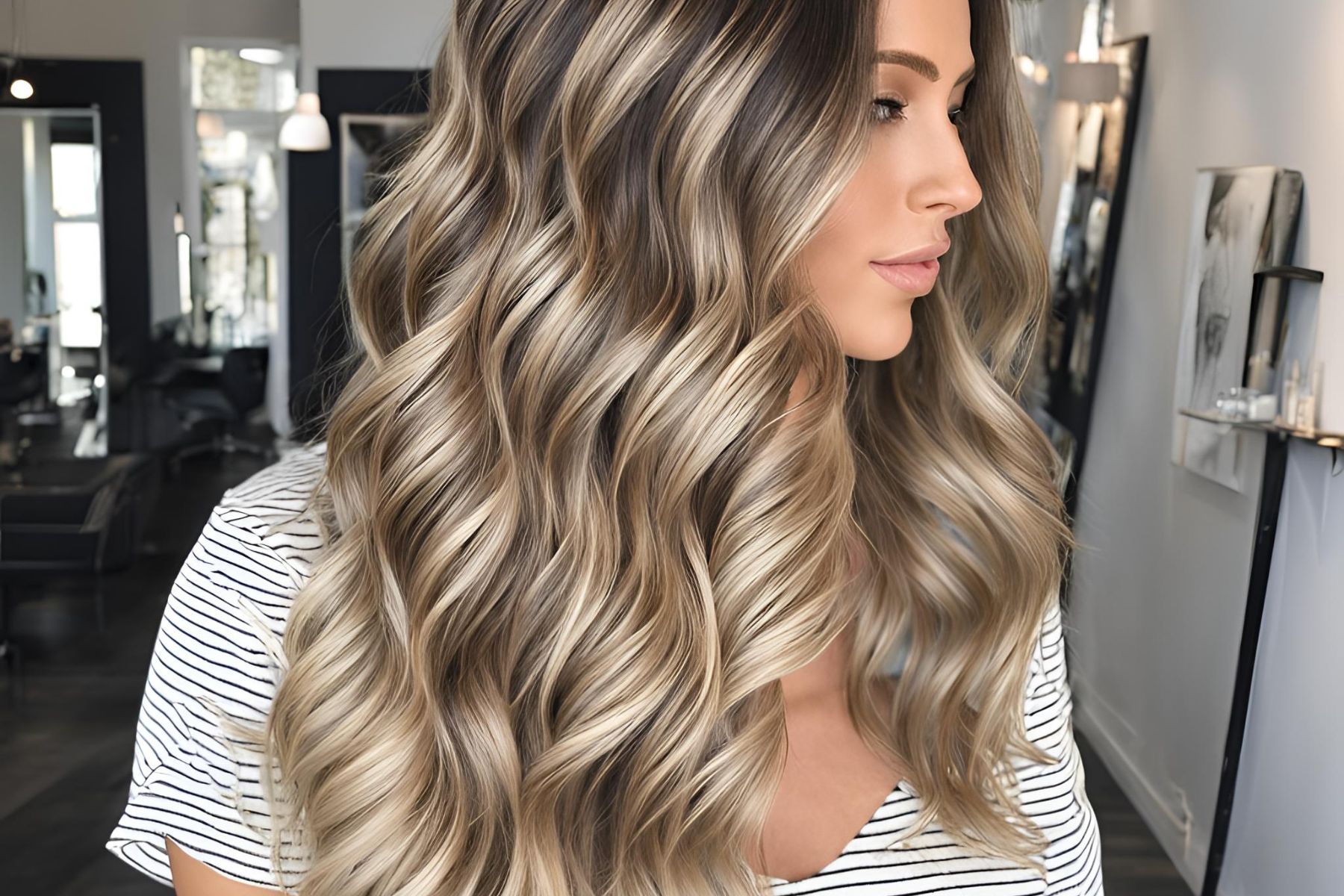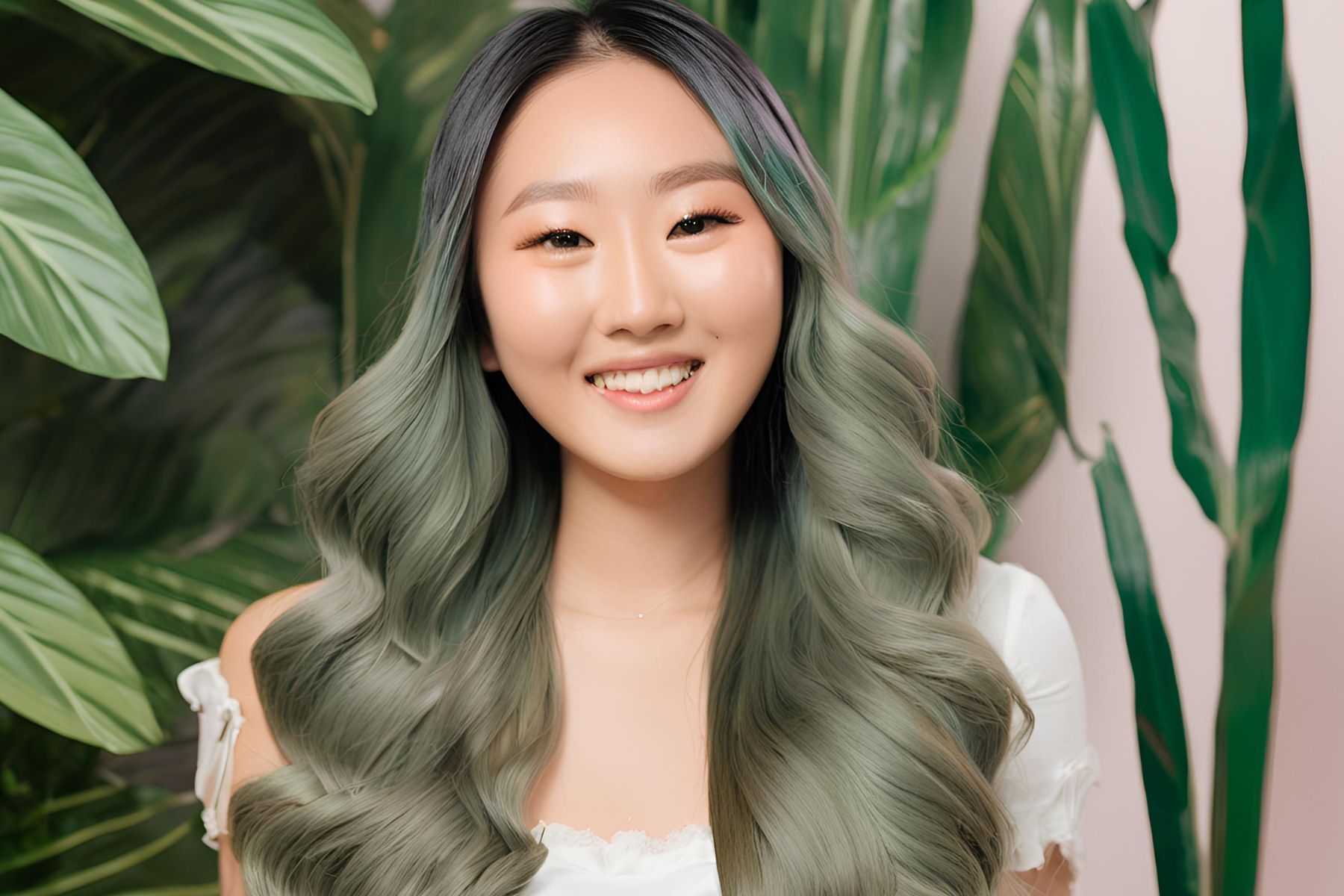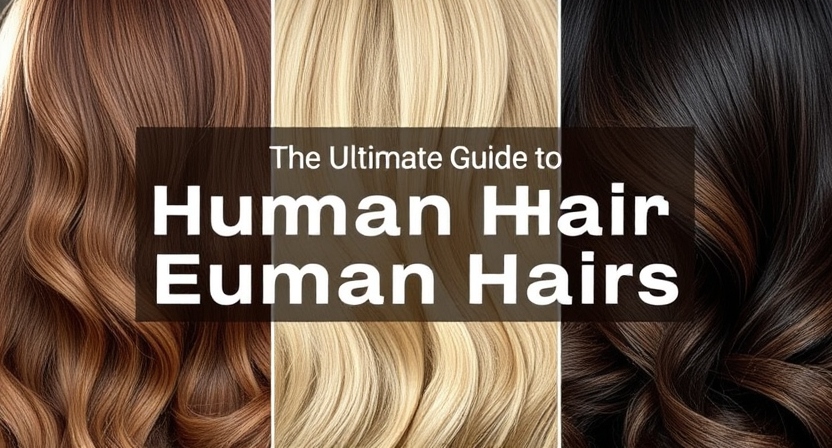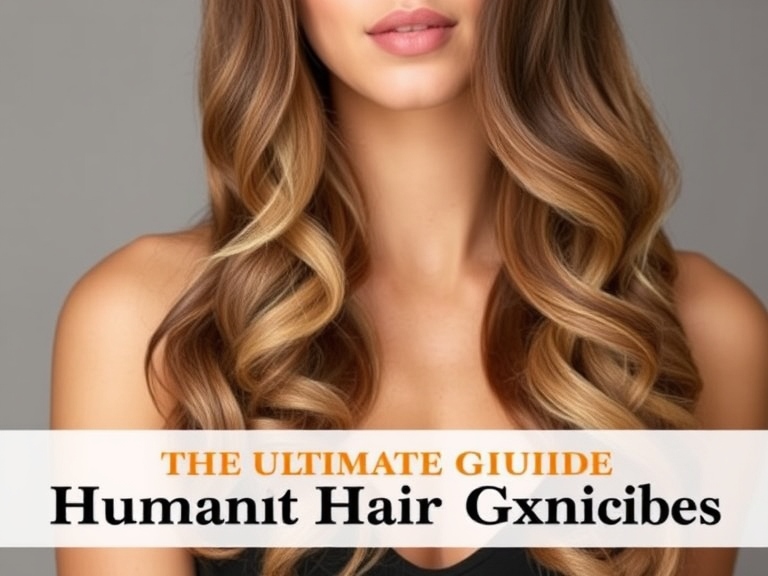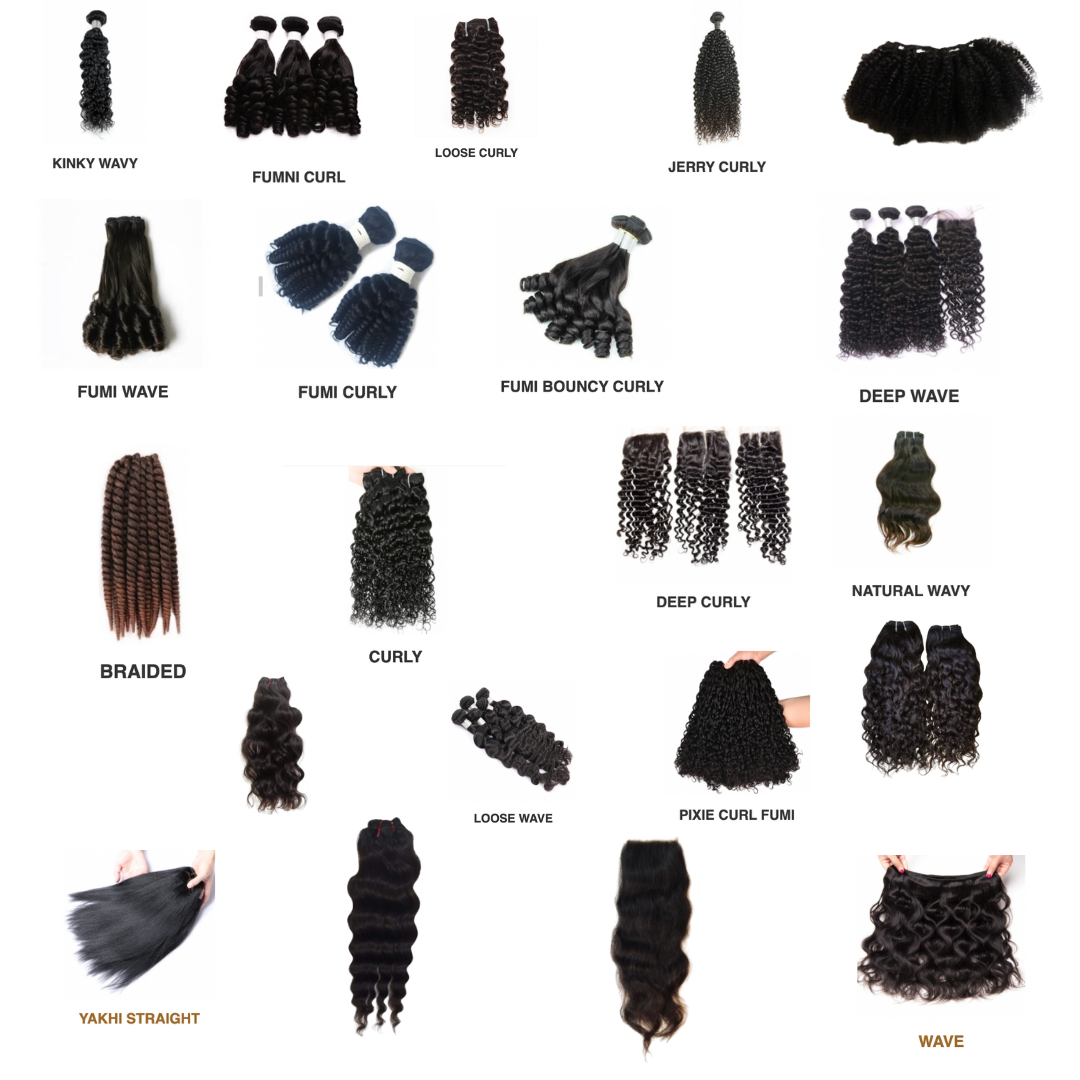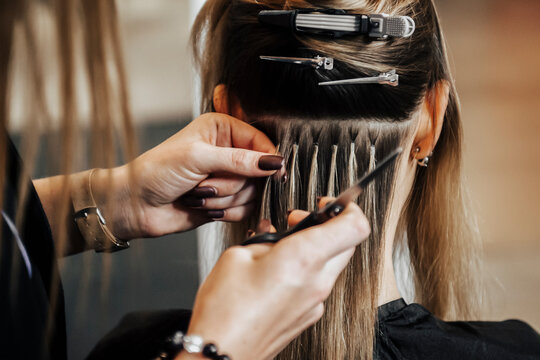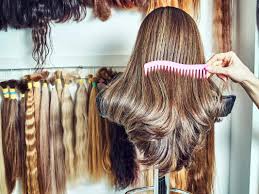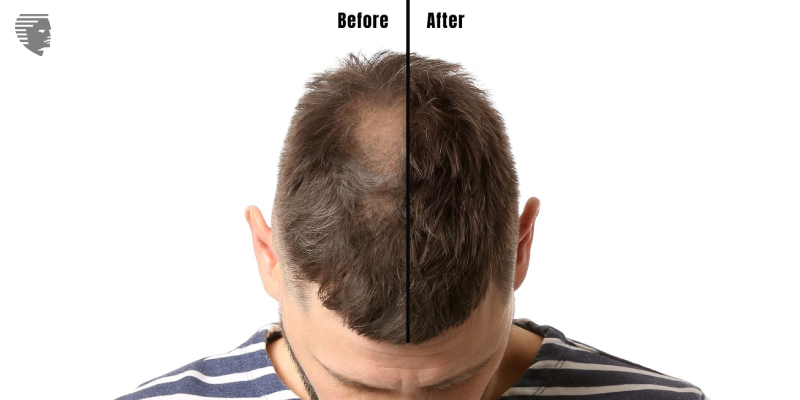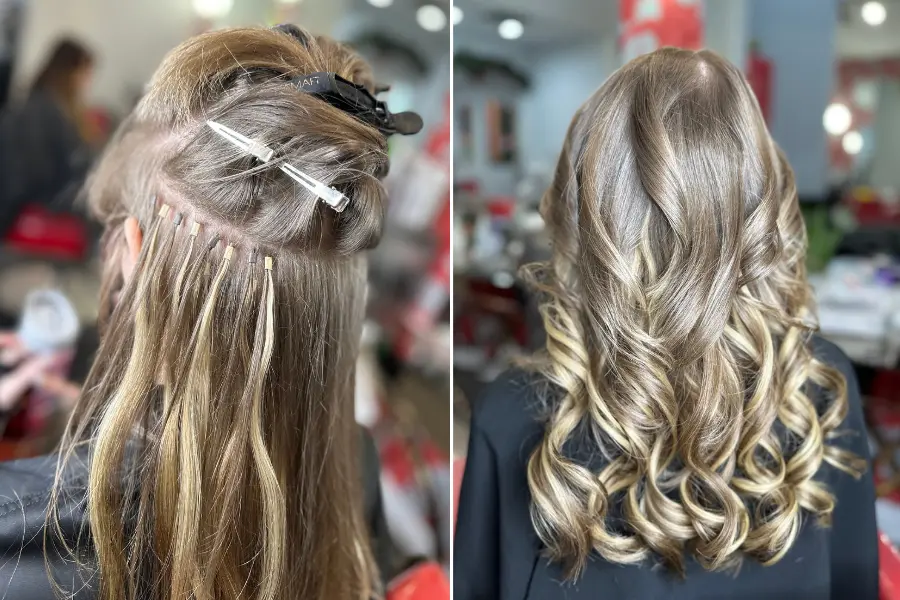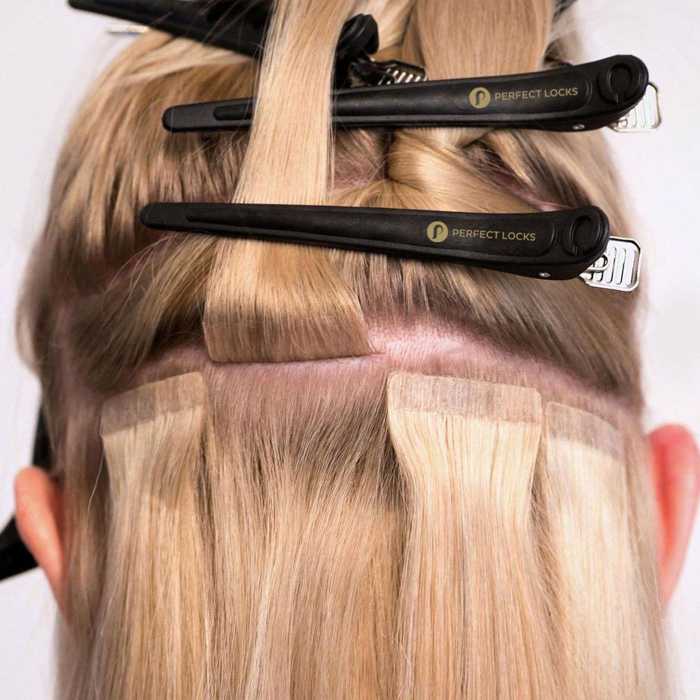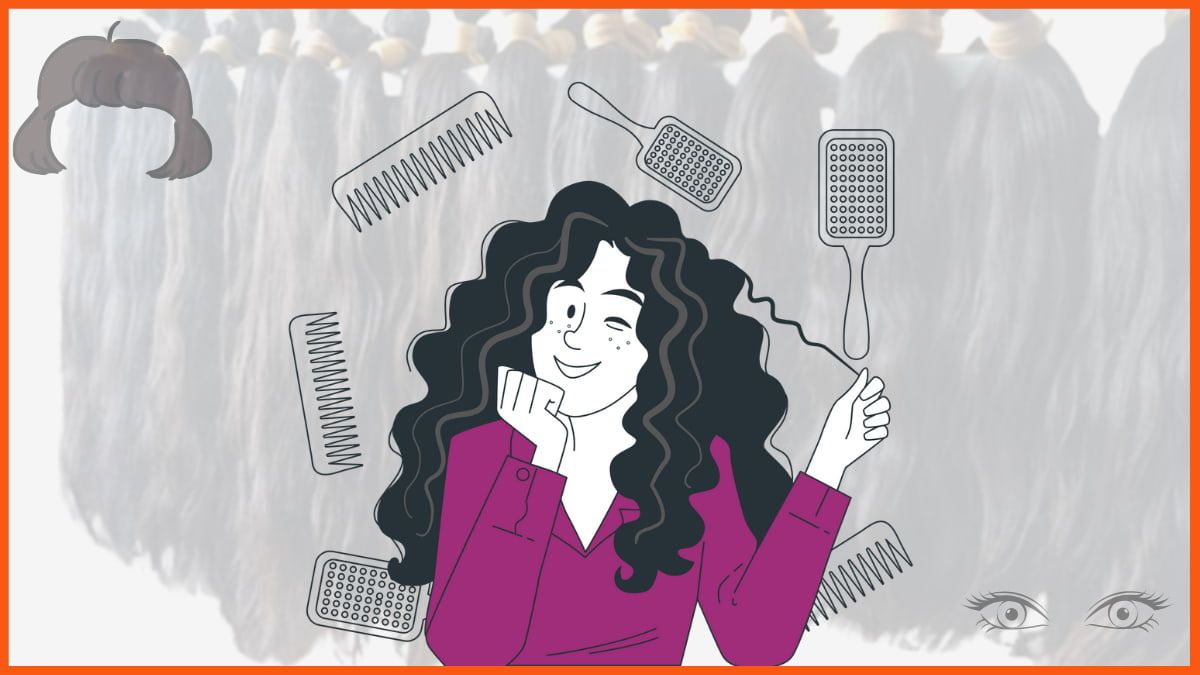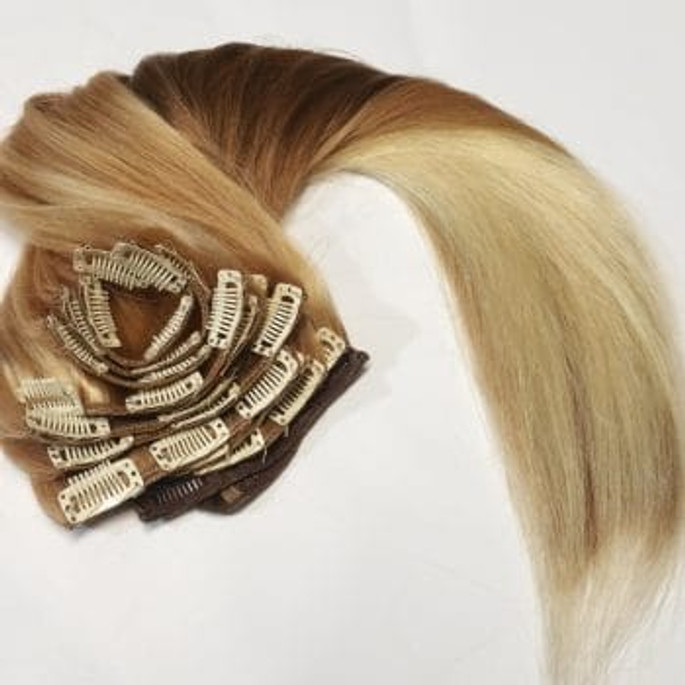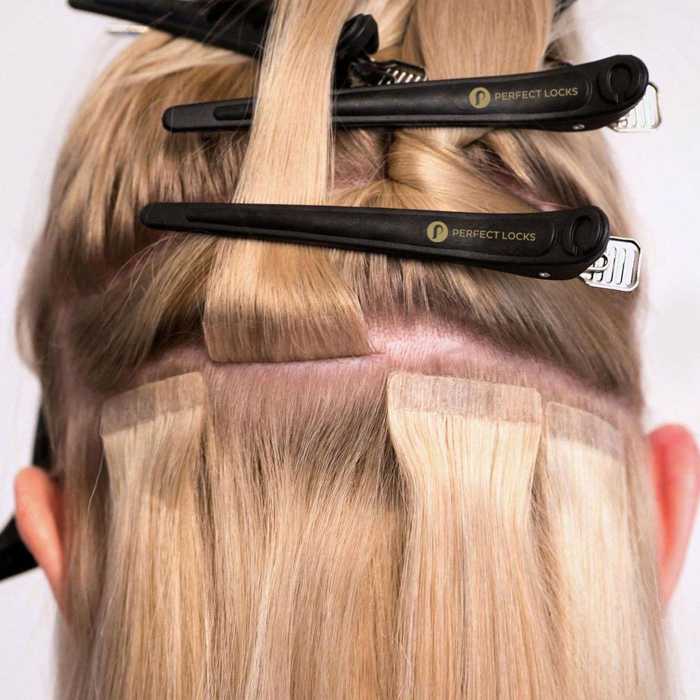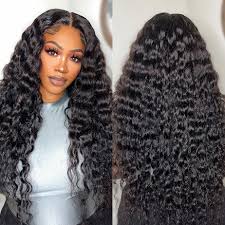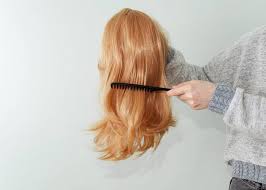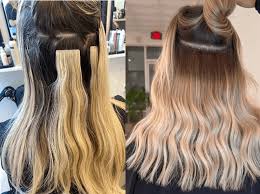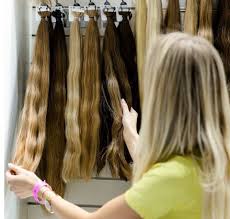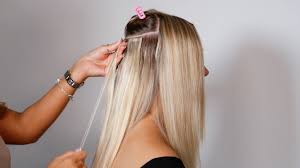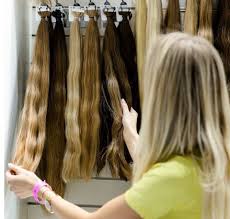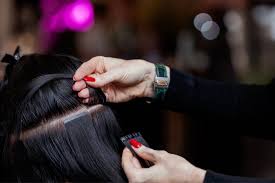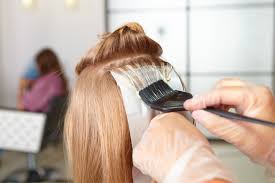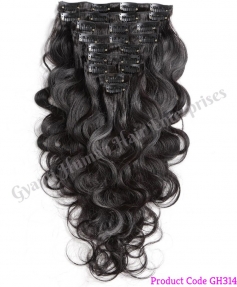Human hair is a delicate and valuable commodity, requiring specialized care throughout the entire supply chain. From the source to the end consumer, proper packaging and shipping are crucial to preserving its quality, integrity, and value.
Understanding the Challenges
Human hair is susceptible to various factors that can compromise its quality during transportation:
- Tangling: Due to its natural texture, hair can tangle easily, especially when mishandled or packed improperly.
- Matting: Excessive friction or moisture can cause hair to mat, making it difficult to detangle and reducing its overall value.
- Shedding: Rough handling or inadequate packaging can lead to shedding, which can significantly diminish the volume and appearance of the hair.
- Damage: Exposure to extreme temperatures, humidity, or contaminants can cause damage to the hair cuticle, resulting in dryness, breakage, and loss of luster.
The Role of Proper Packaging
Effective packaging is essential to protect human hair from these challenges and ensure it arrives at its destination in optimal condition. Here's a breakdown of key considerations:
1. Material Selection:
- Moisture-resistant materials: Choose packaging materials that are resistant to moisture, such as plastic bags or sealed boxes, to prevent tangling and matting.
- Protective layers: Consider using additional protective layers, like tissue paper or bubble wrap, to cushion the hair and prevent damage during transit.
- Breathable materials: For long-term storage, ensure the packaging allows for some air circulation to prevent mold and mildew.
2. Packaging Design:
- Secure closures: Use reliable closures, such as zippers, Velcro, or clasps, to prevent the packaging from opening during transit.
- Clear labeling: Clearly label the package with essential information, including the hair type, length, weight, and any special handling instructions.
- Avoid excessive pressure: Ensure the packaging is not too tight, as this can cause the hair to compress and become damaged.
3. Shipping Considerations:
- Temperature control: If shipping to regions with extreme temperatures, consider using insulated packaging or temperature-controlled shipping methods to protect the hair.
- Handling precautions: Provide clear instructions to shipping carriers regarding the delicate nature of the product and the need for careful handling.
- Insurance: Protect your investment by insuring the shipment against loss or damage.
Specific Packaging Techniques for Different Hair Types
- Straight hair: Straight hair is generally less prone to tangling but can still benefit from gentle handling and protective packaging.
- Wavy hair: Wavy hair is more susceptible to tangles. Use a combination of loose braids or twists and protective packaging to prevent damage.
- Curly hair: Curly hair is highly prone to tangling and matting. Consider using a combination of braids, twists, and protective packaging, as well as deep conditioning treatments before shipping.
- Coily hair: Coily hair is extremely delicate and requires extra care. Use loose braids, twists, or extensions to protect the hair during shipping.
Additional Tips for Wholesalers and Suppliers
- Quality control: Ensure that the hair you source is of high quality and free from defects before packaging and shipping.
- Documentation: Maintain detailed records of all shipments, including packaging materials, shipping methods, and tracking information.
- Feedback and improvements: Regularly gather feedback from customers to identify any packaging or shipping issues and make necessary improvements.
By following these guidelines, wholesalers and suppliers can significantly improve the quality and consistency of their human hair shipments, ensuring that their customers receive products that meet or exceed their expectations.
Related Blog





